2022
Volume 34 – Issue 1 – 2022
Mujdey Abudalbuh, Aziz Jaber, Osama Omari
An Optimality Theoretic Account for Pharyngealization Spread in Rural Jordanian Arabic
Veronica Bagaglini, M. Silvia Micheli
The emerging Italian affix -iota between blending and derivation: A corpus-based analysis
Federica Cominetti, Giulia Giunta
Change of State and Factive Nominals and Nominalizations as Presupposition Triggers
Paula Orzechowska, Katarzyna Dziubalska-Kołaczyk
Gradient phonotactics and frequency: A study of German initial clusters
Ioana Stoicescu, Wolfgang U. Dressler
On the acquisition of semantic vs. pragmatic telicity in child Romanian
Maria Vender, Chiara Melloni, Denis Delfitto
The effectiveness of reading intervention in adults with developmental dyslexia: A systematic review
Volume 34 – Issue 2 – 2022
Basem Ibrahim Malawi Al-Raba’a
On the syntax of hearer-oriented clitics in a rural Jordanian variety
Béatrice Akissi Boutin, Oreste Floquet, Maria Antonietta Pinto, Eleonora Sist
Orthographic control in relation to metalinguistic awareness: Studies in three different French-speaking contexts
Amedeo De Dominicis
A topological definition of voice mimickers
Philip P. Limerick
Regional comparisons of subject pronoun expression among Mexican-origin immigrants in Georgia
Mehrdad Meshkinfam, Mehrdad Naghzguy-Kohan, Elisabetta Ragagnin
The emergence of the indefinite article in Old Persian: A Construction Grammar account
Doaa K. Riziq, Jihad M. Hamdan
The semantic structure of motion verbs in Jordanian Arabic: Talmy’s typology revisited
Luigi Talamo, Annemarie Verkerk
A new methodology for an old problem: A corpus-based typology of adnominal word order in European languages
Francesco-Alessio Ursini
Spatial anaphors in Mandarin: How grammar principles inform discourse structure


